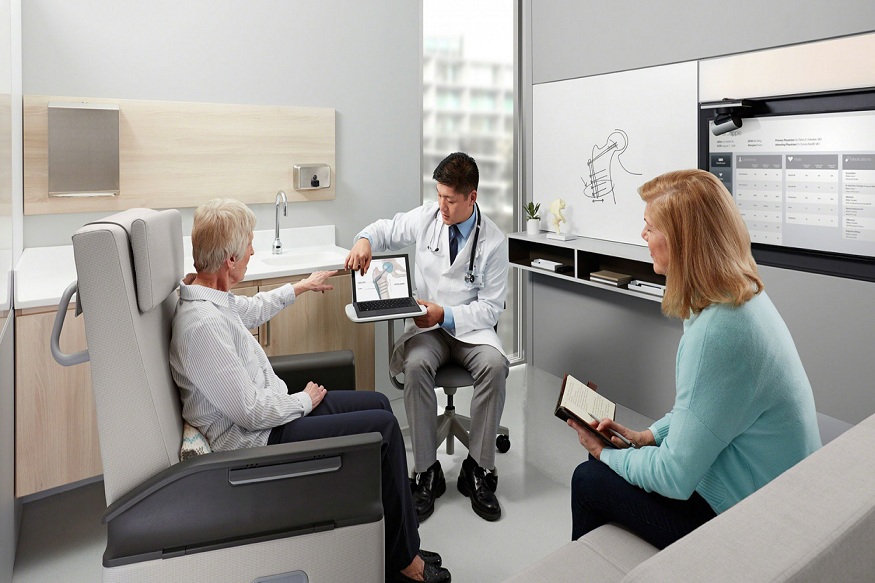In hospitals and clinics, infection control efforts tend to focus on obvious hotspots — patient rooms, surgical suites, and diagnostic equipment. Yet just beyond these sterile areas lies an often underestimated risk zone: non-clinical spaces. Hallways, waiting rooms, reception areas, and staff lounges may seem less critical, but they’re among the most trafficked and interactive environments in a healthcare facility.
These everyday spaces serve as the connective network that links the entire operation. Staff move through them repeatedly, often transitioning between sterile and non-sterile areas. Each touchpoint — a doorknob, counter, or coffee machine — becomes a potential pathway for cross-contamination. What happens outside clinical areas can directly influence the cleanliness and safety within them.
Redefining What Safety Means
Cleanliness is more than compliance; it’s perception and trust. For many patients and visitors, their first encounter with a healthcare facility happens long before they reach a treatment room. A tidy, well-maintained reception area signals professionalism and care, while visible neglect — dusty surfaces, fingerprints on glass, or cluttered counters — can quietly erode confidence in the quality of care.
Non-clinical spaces also shape the employee experience. Break rooms, rest areas, and administrative offices are where staff recharge, collaborate, and prepare for the next patient. When these environments are clean and thoughtfully maintained, they promote both mental and physical well-being. A hygienic workspace reinforces that safety extends beyond the patient — it includes the caregivers, too.
Taking a Whole-Facility Approach
Recognizing risk in non-clinical zones is only the starting point. The real transformation happens when facilities implement systems that treat every space as integral to patient care. This begins with consistent cleaning protocols, clear accountability, and cross-departmental education that builds awareness among all staff.
Partnering with cleaning and maintenance providers experienced in healthcare standards is equally critical. These specialists understand the nuances of high-touch, shared-use areas and can tailor solutions that go beyond surface-level sanitization. Regular audits, data-driven scheduling, and responsive maintenance plans ensure that hygiene remains a continuous, organization-wide priority.
Where Cleanliness Meets Care
A healthcare facility functions best when every area — clinical and non-clinical alike — reflects the same level of attention and respect. From the front desk to the staff locker room, cleanliness communicates commitment. It builds trust with patients and reinforces morale among employees.
When hygiene becomes part of the culture rather than an isolated task, safety feels tangible in every corner of the facility. The result is not only a healthier environment but a stronger sense of confidence and care for everyone who walks through the door.
To explore additional insights into improving safety in non-clinical spaces across healthcare settings, view the companion visual resource from Trinity Building Services, a provider of commercial cleaning in San Francisco, CA.

